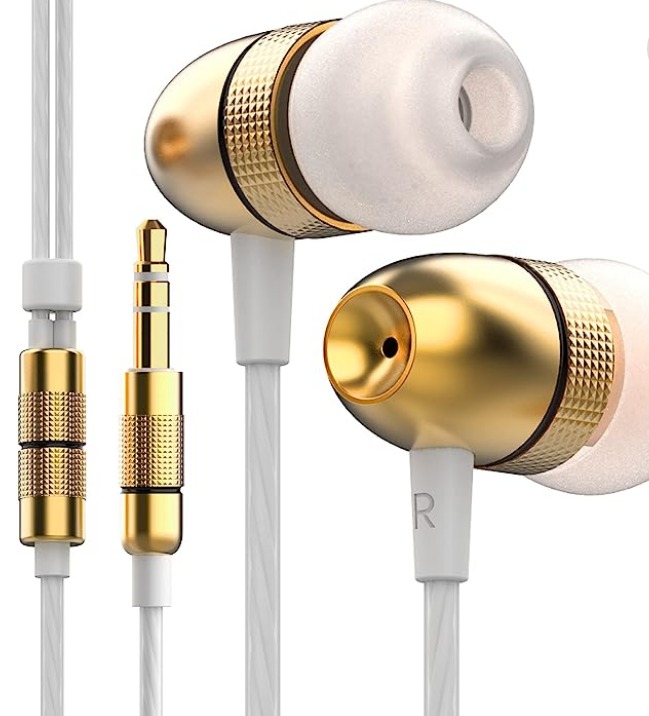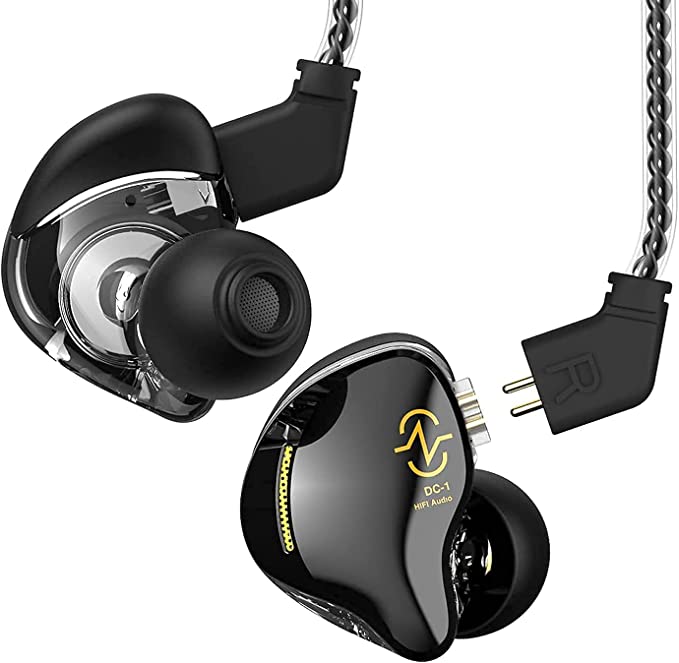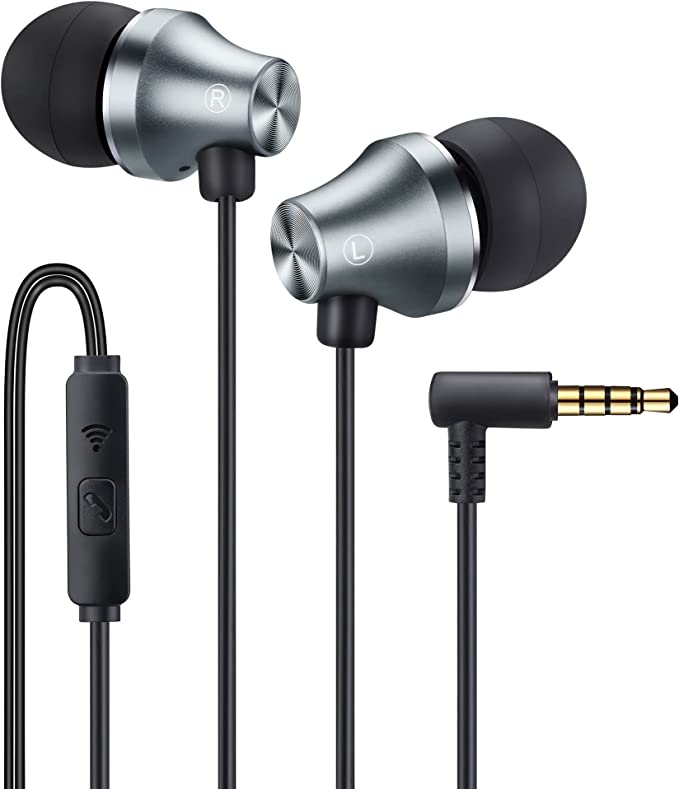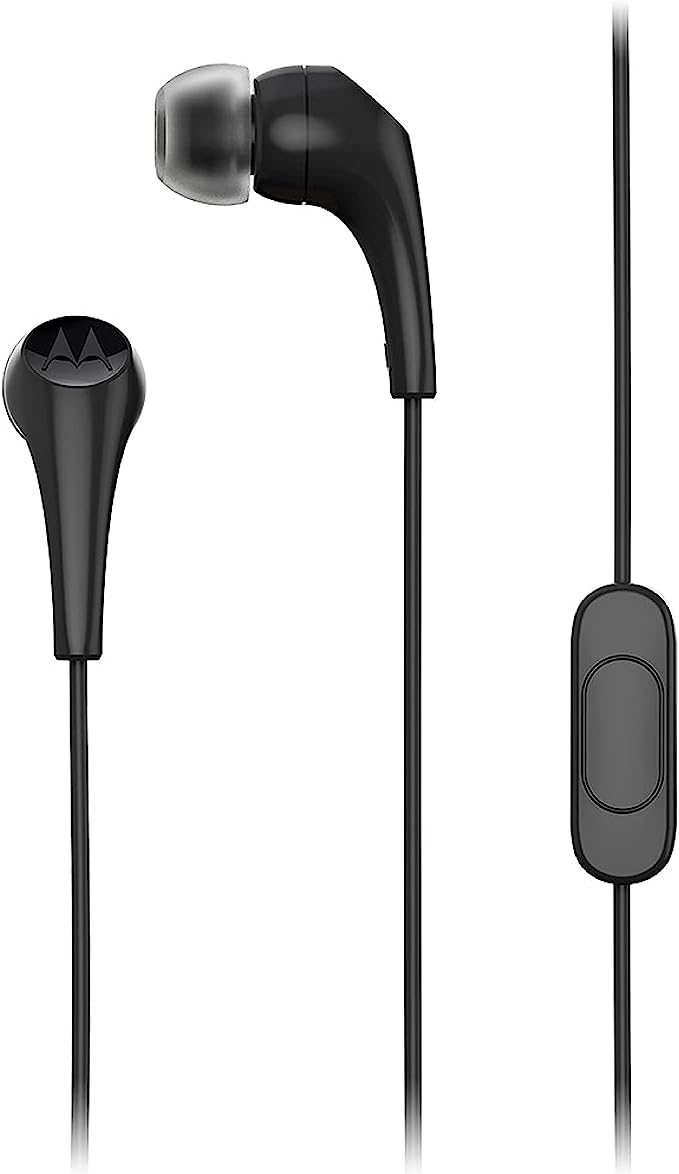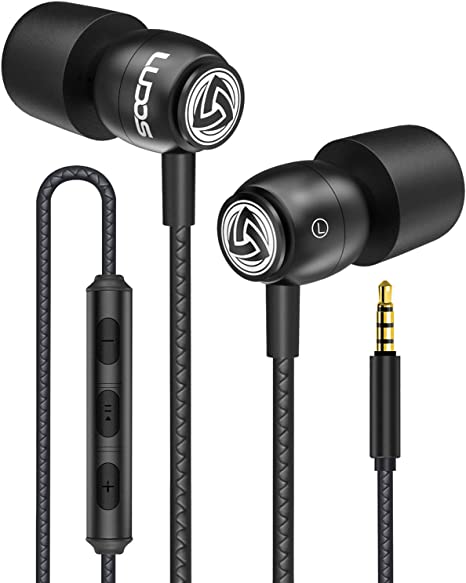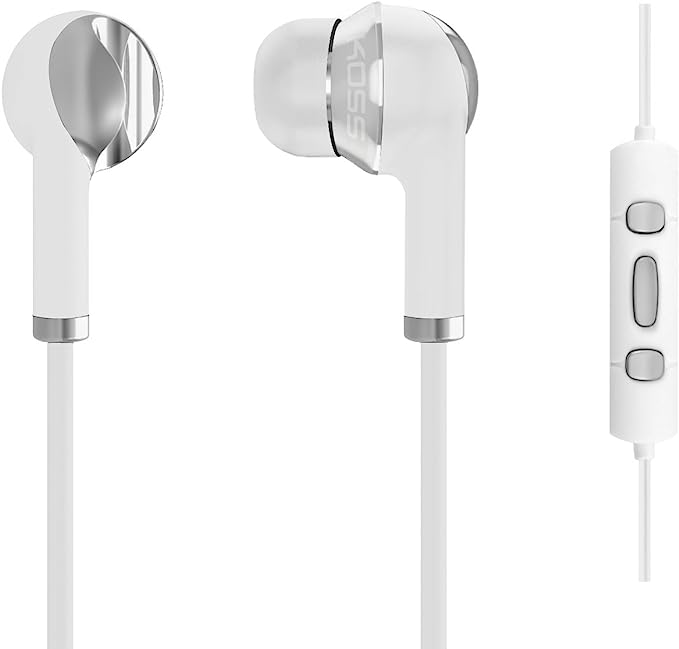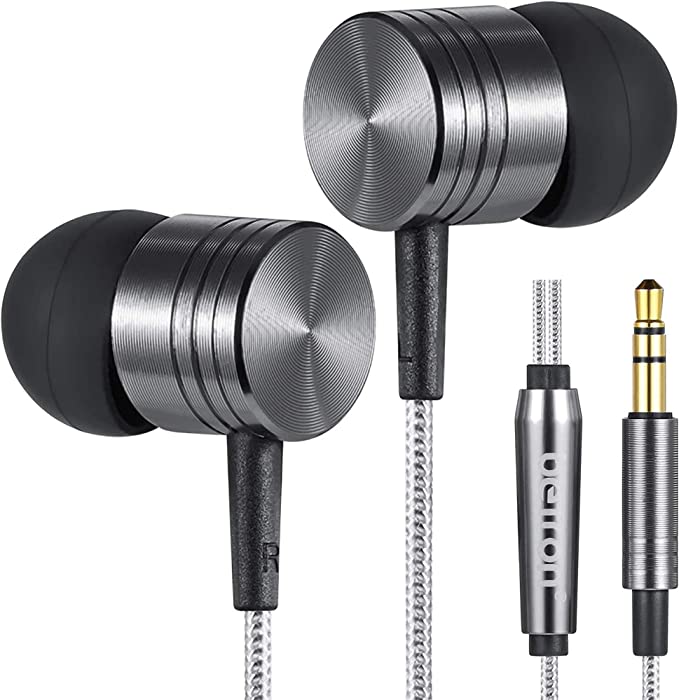The Analog Advantage: Why the LORELEI X6's Wired Tech Beats Wireless on a Budget
Update on Nov. 23, 2025, 9:09 a.m.
In the rush to cut cords and embrace Bluetooth, the audio industry has arguably left something behind: reliability. We trade cables for charging cases, and direct connections for pairing protocols. But for a significant group of users—students, gamers, and professionals—wireless adds friction, not freedom.
The LORELEI X6 Over-Ear Headphones represent a stubborn adherence to the physics of analog audio. Priced aggressively, they offer a masterclass in Value Engineering. By stripping away batteries, chips, and radios, they focus the entire budget on the two things that matter most: the driver and the chassis. To understand why these might be a better buy than cheap wireless buds, we need to look at the science of sound transmission.

The Physics of the 40mm Driver
The heart of the X6 is a pair of 40mm Dynamic Drivers. In the headphone world, size correlates with air displacement. * The Mechanism: A 40mm diaphragm has roughly 4x the surface area of a typical 10mm earbud driver. * The Result: This allows it to move a significant volume of air with minimal excursion. Physically, this translates to effortless bass. It doesn’t need digital signal processing (DSP) to fake low-end thump; it generates it mechanically. For movies and gaming, this creates a visceral “rumble” that tiny earbuds simply cannot replicate without distortion.

Zero Latency: The Wired Edge
For gamers and video editors, Bluetooth is a bottleneck. Even the best codecs introduce 40-100ms of latency. The X6 uses a 3.5mm Analog Connection. * Speed of Light: The electrical signal travels through the copper wire at near light speed. The delay between your CPU generating a sound and you hearing it is effectively zero. * Uncompressed Purity: Bluetooth requires audio to be compressed (lossy) to fit through the wireless bandwidth. A wired connection carries the full, uncompressed waveform directly to the driver. At this price point, a wired connection will almost always sound cleaner than a wireless one because the signal path is pure physics, not digital approximation.
The Architecture of Silence: Passive Isolation
The X6 does not use Active Noise Cancellation (ANC). Instead, it relies on Passive Noise Isolation.
This is an architectural solution. The circumaural (over-ear) cups create a physical seal around the pinna.
* High-Frequency Block: The mass of the plastic shell and the density of the foam cushions physically block high-frequency sound waves (voices, typing).
* The Benefit: Unlike cheap ANC, which can introduce a “hiss” or pressure sensation, passive isolation is silent, battery-free, and effective instantly. It creates a quiet room for your ears, reducing the need to crank the volume to dangerous levels.

Durability Engineering: The Nylon Lifeline
The weak point of any wired headphone is the cable. LORELEI addresses this with a 1.5m Nylon Braided Cord. * Tensile Strength: Nylon braiding significantly increases the cable’s resistance to pulling and bending forces compared to standard rubber sheathing. * Tangle Resistance: The texture and stiffness of the braid prevent the “pocket spaghetti” effect, extending the lifespan of the internal copper strands. For parents buying headphones for kids, this durability factor alone often justifies the purchase.

Conclusion: The Reliable Workhorse
The LORELEI X6 is not a fashion statement. It is a tool. It offers the reliability of physics (zero latency), the power of geometry (40mm drivers), and the durability of material science (nylon braid). For the user who needs gear that works instantly, every time, without charging or pairing, the analog path remains the smartest route.
